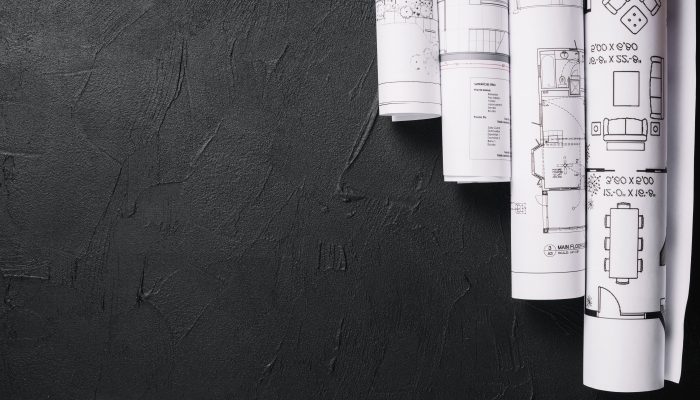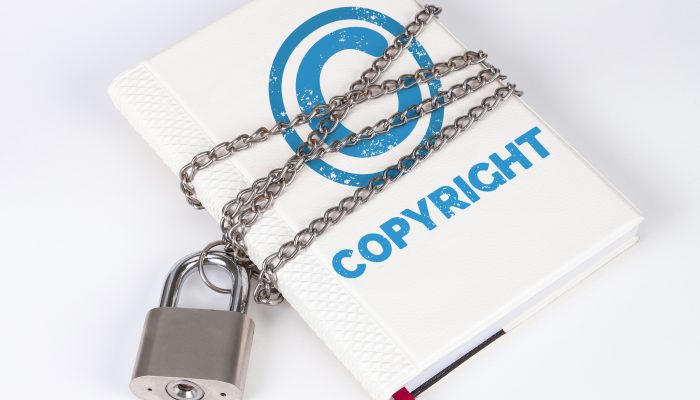An Architectural Design is the conceptualization of the elements that comprise a building or a structure. It is the creativity of an architect whose intellectual property is protected by not one, but three IPR regimes.
In India, Architectural Design is protected by the –
-
Copyright Act, 2012
-
Design Act, 2000
-
Trademark Act, 1999
Interestingly, all the aforementioned acts have provisions of protecting an architectural design. However, the protection granted under these regimes depends on the facts and circumstances and varies from case to case.
Copyright Act
Under Section 13 of the Act, copyright is granted to various works, artistic work being one of them. By definition, Artistic Works under section 2 (c) (ii) of the act mean “any building or structure having an artistic character or design, or any model for such building structure.” Therefore, an architectural design being a ‘building, structure or the design of such model’ is granted copyright protection under artistic works. It must however be kept in mind that only original works can be granted copyright protection therefore the architectural design must not be plagiarized.
The author (architect) of the architectural design is also granted moral rights under section 57 of the act. Thus, he has the right to claim authorship of the work and also prevent its distortion. To this end, the author can in most copyright infringement cases ask for an injunction to stop the infringer from using his/her work, however, under section 59 of the act, a remedy for copyright infringement may not available to such artist when construction of the building or structure has commenced.
Further, under section 52 of the act, architectural designs are subject to the fair use doctrine, therefore, there is no infringement when photos of the protected buildings are taken or when such buildings come in the background in a cinematograph film.
In India, copyright protection is granted to works that are original since their inception, therefore Architects do not need to register their architectural design per se, however, they have the option to do the same as it may make their case stronger if there is an infringement.
Following is a list of the Registration Fes for registering an Architectural Design-
| Work | Registration Fee |
| Literary, Dramatic, Musical or Artistic Work | Rs.500/- per work |
Designs Act
As mentioned earlier, an Architectural Design can also be registered with the Designs Act under section 2 (d). The protection granted under the Designs act is quite similar to the Copyright Act as it requires the architectural design to be original. Though unlike the Copyright Act makes it mandatory for the author to register his work.
An Architectural Design can be registered with the Designs Act under the following circumstances-
- If it has been registered under classes 25-03 and 25-99 of the Designs Act ;
- if it has been produced more than fifty times, and the Copyright Act is no longer applicable.
Therefore, an architectural design that is either registered under the Designs Act or that has been produced for more than fifty times can only seek infringement protection under the Design Act.
Fee for registration under the Design Act-
| On what payable | Fees for Natural Person | For other than Natural Persons either alone or jointly with a natural person |
| Application for registration under section 5 & 44 | Rs.1000 | Small entity- Rs. 2000
Other than a small entity- Rs.4000 |
Trademark Act
The Trademark act permits for registration of Architectural Designs under section 2 (1) zb wherein a Trademark is defined as –
a mark capable of being represented graphically and which is capable of distinguishing the goods or services of one person from those of others..
The intention behind registering an architectural design as a trademark is to ensure that there are no replications of the structure. A building will be eligible for trademark protection as long as it can fulfill the test of graphical representation and an indication of the source. ‘Graphical representation’ means that the mark must have a physical form whereas, ‘indication of the source’ means that the building should be associated with the trademark owner and the goods and services offered. Therefore, the architectural design seeking a trademark should be able to distinguish itself from others who offer similar goods and services.
In India, the first building to be granted trademark protection is the Taj Mahal Hotel, Mumbai. It was registered under class 43 as “services providing food and drink; temporary accommodation.”
The benefit of registering under the Trademarks Act is that it increases the commercial revenue while also protecting the distinctiveness of the work.
Fee Structure for Registration-
| Application for registration of a mark | Physical Filing | E-Filing |
| Where the Applicant is an individual/Startup/Small Enterprise | Rs. 5,000 | Rs. 4,500 |
| In all other Cases (Note: Fee is for each class and for each mark) | Rs. 10,000 | Rs. 9,000 |
Conclusion
The Copyright Act gives a universal umbrella protection to the architectural design regardless of whether or not it is registered. However, an author can step out this all-embracing protection by registering with the Design Act or the Trademarks Act.
It is the author’s personal opinion that an architectural design should be registered with the Design Act, in situations where the production of more than 50 copies is anticipated. Registration with the Trademark Act is relatively difficult, as the architectural design will have to fulfil the test of graphical representation and an indication of a source, which is why trademark registration works best for heritage buildings or tourist spots like the Oprah House Sydney.
The jurisprudence and precedents on this subject are limited therefore the interpretation of the courts may vary. This is the personal opinion of the author.



